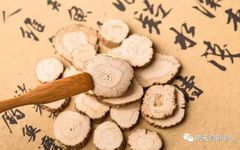Click the blue text to follow us 
Qi (气) is the vital energy of the human body, while blood (血) is the source of that energy.
When Qi is deficient, individuals often feel fatigued, short of breath, disinterested in speaking, have poor appetite, dizziness, and pale complexion. Conversely, when blood is deficient, symptoms may include palpitations, insomnia, weight loss, and excessively dry skin with a sallow complexion. Below, we will introduce several conditions that arise from imbalances in Qi and blood.
01
Qi Stagnation and Blood Stasis (气滞血瘀)
Qi in our body is constantly in motion, rising and falling, entering and exiting, facilitating blood flow, energy transformation, sweating, and the excretion of waste. All these processes depend on the movement of Qi. However, if one day, the movement of Qi suddenly stagnates in a certain area of the body, the flow of blood will also come to a halt, which is what we refer to as Qi stagnation and blood stasis.
Qi stagnation and blood stasis syndrome refers to the obstruction of blood circulation due to Qi stagnation, presenting symptoms of both Qi stagnation and blood stasis. This is often caused by emotional distress or invasion by external pathogens, leading to prolonged liver Qi stagnation.
Symptoms: Chest and flank fullness with pain, irritability, palpable masses with sharp pain, menstrual irregularities or dysmenorrhea with dark purple blood containing clots, breast pain and swelling, a purplish or dark tongue, and a wiry and rough pulse.
Management: For those with Qi stagnation and blood stasis, it is advisable to consume foods that promote Qi movement and invigorate blood circulation, such as: radish (白萝卜), citrus (柑橘), garlic (大蒜), ginger (生姜), fennel (茴香), cinnamon (桂皮), clove (丁香), peach kernel (桃仁), chives (韭菜), onion (洋葱), ginkgo (银杏), rose tea (玫瑰花茶), and jasmine tea (茉莉花茶). Peach kernel, rapeseed, and black soybeans have blood-invigorating and stasis-eliminating properties; hawthorn or rice vinegar can lower blood lipids and viscosity. Herbs such as Chai Hu (柴胡), Xiang Fu (香附), Yu Jin (郁金), Dang Gui (当归), Chuan Xiong (川芎), Hong Hua (红花), Xie Bai (薤白), Zhi Ke (枳壳), and Ginkgo leaf (银杏叶) are beneficial for improving Qi stagnation and blood stasis constitution.
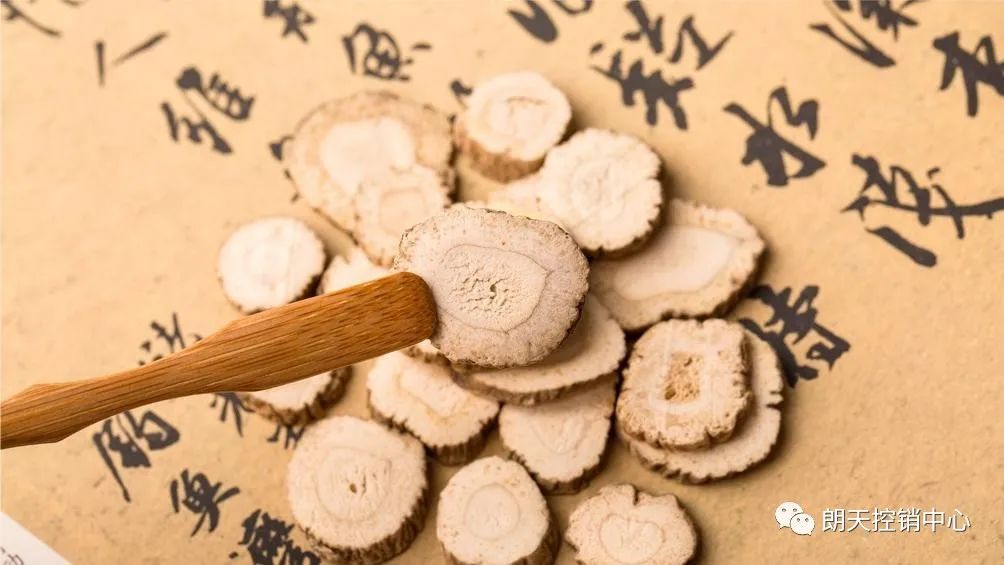
02
Qi Not Controlling Blood (气不摄血)
Qi is the commander of blood; when Qi is sufficient, blood can follow its commands. However, when the commanding power of Qi is insufficient, blood may overflow outside the vessels, leading to symptoms such as hemoptysis, hematochezia, menorrhagia, and subcutaneous ecchymosis.
Qi not controlling blood syndrome, also known as Qi deficiency with blood loss syndrome, refers to the inability of Qi to control blood due to Qi deficiency, presenting symptoms of both Qi deficiency and blood loss. This is often due to prolonged illness leading to Qi deficiency and loss of blood-controlling function.
Symptoms: Hemoptysis, hematochezia, subcutaneous ecchymosis, menorrhagia, shortness of breath, fatigue, pale complexion without luster, a pale tongue, and a thin weak pulse.
Management: Treatment should focus on tonifying Qi and raising Yang, using formulas such as Ju Yuan Decoction (举元煎) or Bu Zhong Yi Qi Decoction (补中益气汤), with a heavy emphasis on Ren Shen (人参) and Huang Qi (黄芪), along with ingredients like cuttlefish bone (乌贼骨), palm charcoal (棕榈炭), and calcined oyster (煅牡蛎) to stabilize and stop bleeding.
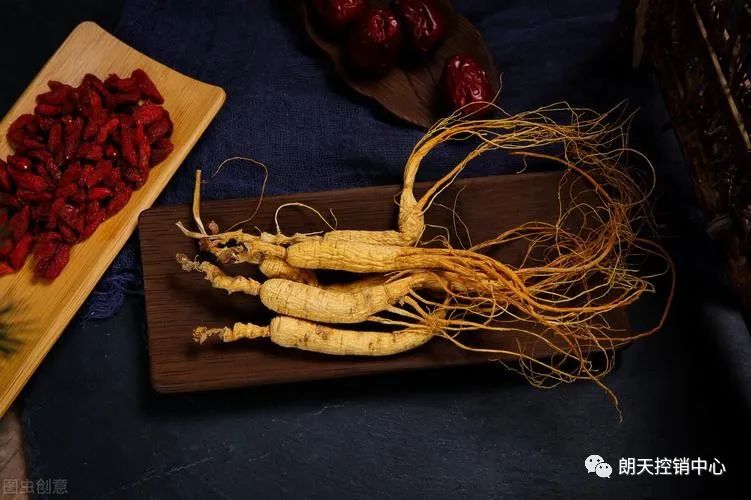
03
Qi Deficiency with Blood Stasis (气虚血瘀)
If the Qi of the body is not weak but is obstructed, it can lead to blood stasis. This is what we previously mentioned as Qi stagnation and blood stasis. However, if the Qi is weak and cannot promote blood circulation, the resulting blood stasis is termed Qi deficiency with blood stasis, which presents symptoms of both Qi deficiency and blood stasis, often manifesting as chest and abdominal pain and sudden stroke.
Qi deficiency with blood stasis syndrome refers to the presence of both Qi deficiency and blood stasis symptoms. This often arises from prolonged illness leading to Qi deficiency and the inability to circulate blood, resulting in the gradual formation of stagnant blood.
Symptoms: Pale or dull complexion, fatigue, shortness of breath, reluctance to speak, stabbing pain often in the chest and flanks, fixed pain that resists pressure, a pale dark tongue or one with purple spots, and a deep and rough pulse.
Management: Dietary recommendations should focus on warming, dispersing, and resolving stasis, as well as regulating Qi. Therefore, foods that tonify Qi, invigorate blood, warm, disperse stasis, and strengthen the spleen should be included, such as dried tangerine peel (陈皮), black beans (黑豆), yellow soybeans (黄豆), hawthorn (山楂), black fungus (黑木耳), shiitake mushrooms (香菇), oyster mushrooms (平菇), enoki mushrooms (金针菇), onion (洋葱), chives (韭菜), fennel (茴香), rose (玫瑰花), yellow eel (黄鳝), sea cucumber (海参), brown sugar (红糖), and Sichuan pepper (花椒).
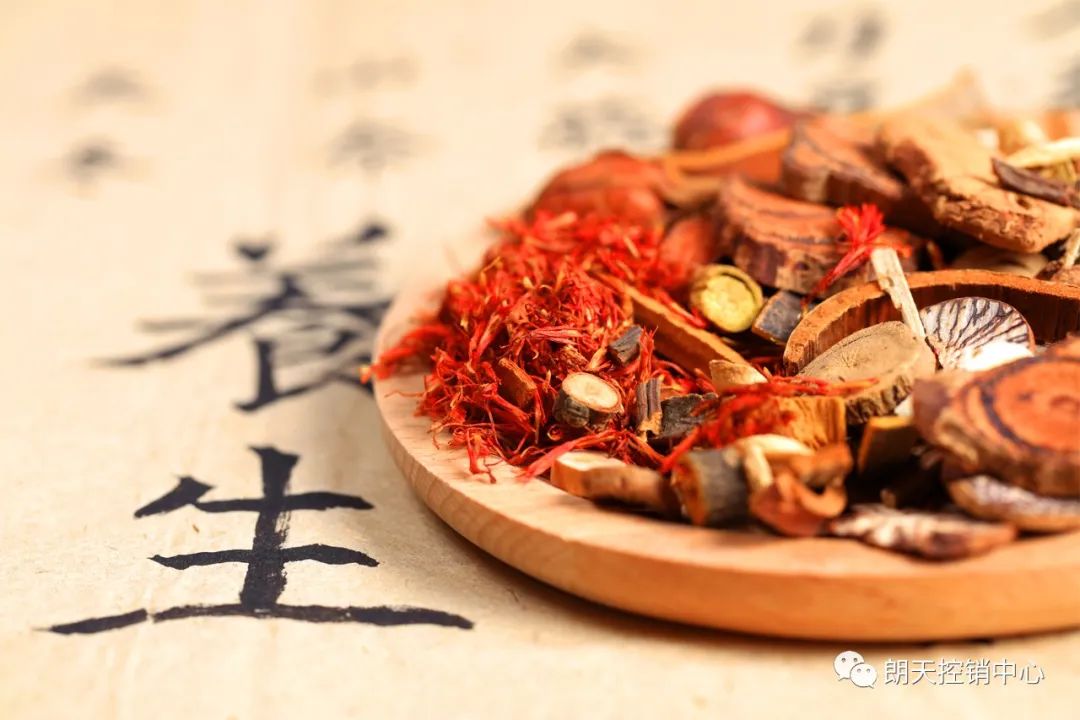
04
Dual Qi and Blood Deficiency (气血两虚)
When both Qi and blood are deficient, this often results from prolonged illness that depletes Qi and blood. Individuals in this state appear weak, with a pale or sallow complexion, and frequently experience dizziness, palpitations, and insomnia.
Symptoms: Dizziness, shortness of breath, reluctance to speak, fatigue with spontaneous sweating, pale or sallow complexion, palpitations, insomnia, a pale and tender tongue, and a thin weak pulse.
Management: Foods such as peanuts (花生), red dates (红枣), chestnuts (栗子), black-boned chicken (乌鸡), donkey-hide gelatin (阿胶), longan (桂圆); herbal formulas or patent medicines such as Si Wu Decoction (四物汤), Ba Zhen Decoction (八珍汤), and Dang Gui Nourishing Blood Decoction (当归养血汤) can be used for management. It is also important to develop good lifestyle habits, avoid picky eating, and consume more meat and blood-nourishing foods.
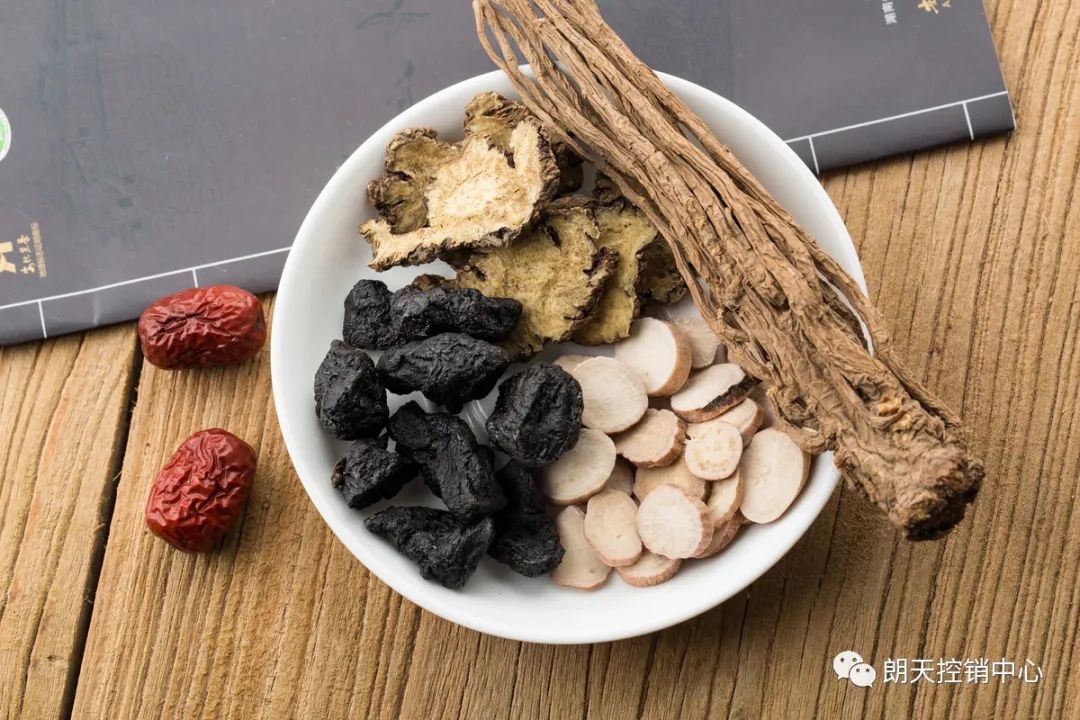
In summary, Qi and blood are like a married couple, one is Yang and the other is Yin; neither can exist without the other. When they coexist harmoniously, the body will naturally be safe and healthy. However, once they are in conflict, our body will encounter problems and be plagued by illness.
(Text source: Baicao Query, please contact us for removal if there is any infringement.)

